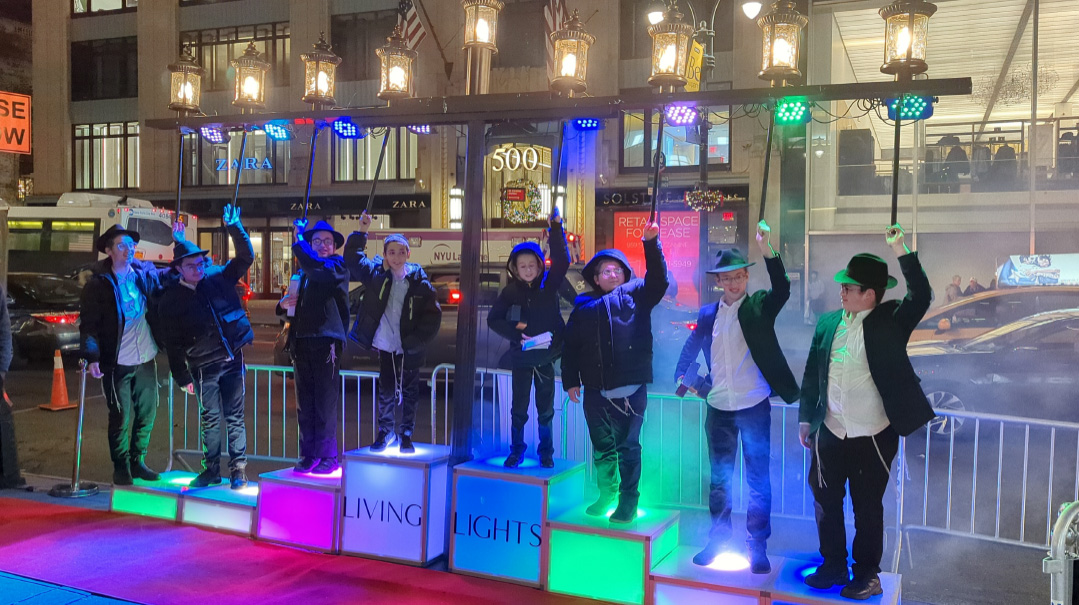Arctic Ghost Town

Pyramiden, a coal-mining outpost founded by the Soviet Union, is frozen in time

Pyramiden, an abandoned Soviet mining town in Norway’s Svalbard archipelago, is nestled among fjords, glaciers, and towering mountains. While the forlorn outpost’s Stalinist uniformity seems intent on undoing the surrounding stark natural beauty, its sudden desertion leaves a puzzle for intrepid visitors brave enough to make the journey to this Arctic ghost town
ARCTIC GHOST TOWN
Violent gusts of wind swirl snowflakes around the laundry lines, empty but for a single yellow child’s sock. In the open cafeteria, products labeled in Cyrillic still line the shelves, bearing expiration dates from the 20th century. The only sound carried by the wind is the squeak of a playground swing.
Is that the echo of the jubilant cries of children at play? Or is it the whimpering of a curious lone polar bear? Or perhaps it is the wind shrieking between the dark crevices of the Nordenskiöldbreen glacier that looms across the waters of the fjord.
Pyramiden, a coal-mining outpost founded by the Soviet Union, is frozen in time.
In the town square, a gray bust of Lenin gazes sternly over vacant Stalinist apartment blocks. The wall of a home features a calendar embossed with a hammer and sickle, marking the days until May Day, when the Red October piano in the culture building will churn out cheerful tunes for the workers’ holiday.
Large pots sit on the stovetops in the communal kitchen, as if the residents will return for breakfast any minute. But 34 years have lapsed since the last souls departed this place. The only visitors now are polar bears and very determined tourists.
Time has not exactly been kind to Pyramiden. The ceiling over the heated pool has collapsed under the weight of the ice, and even this remote outpost has not been untouched by vandals, despite it being accessible only three months a year. Nevertheless, the year-round icy temperatures have preserved much of what remains, making it a sort of Pompei of the Arctic.
But an aura of mystery pervades the entire scene. Why was Pyramiden abandoned with such haste that residents left behind so many of their possessions?
Oops! We could not locate your form.







